Yes it is! Makes my little nerdy heart glow!
That is a thing of beauty! Unfortunately, I think I'd need to win the lottery. With the US dollar dropping against the Euro plus the tariffs, that little guy would be pretty damn pricey and only get more expensive as time goes on.
I looks and feels great, which makes it all the more frustrating that it is basically a downgrade from the previous model.
That is such a clever way to play with asymmetry on several different levels
I have several calculators and electronic organizers that are old enough to drink in the US. A few slide rules that are old enough to retire. I might have some weird stuff in the back of the freezer that would qualify, too.
As far as complex numbers go, the 991CW doesn't add anything that most other flagship scientific calculators can do.
Sorry about that! I spoke from memory instead of checking my data first. The Trig functions are pretty middle of the pack, it's the integration and the processor speed that are not that great. sum((e^sin(atan(x)))^(1/3), 1, 1000) takes six minutes to run, but at least it completes. The Casio fx-991CW takes just over on minute, and even the TI-36X Pro only takes four minutes.
That is a beautiful picture of a beautiful calculator! I love mine, too, but it does fall down rather quickly in some of the trig and differentiation edge cases.
Nothing will ever hook me as badly as Kerbal Space Program did. If I wasn't at work, I was playing Kerbal for five years straight. No breaks, didn't play anything else during that time. Once I got RealSolarSystem and RealismOverhaul working, you couldn't pry me away from the computer. I put in aver 10,000 hours, easily.
Happy to help!





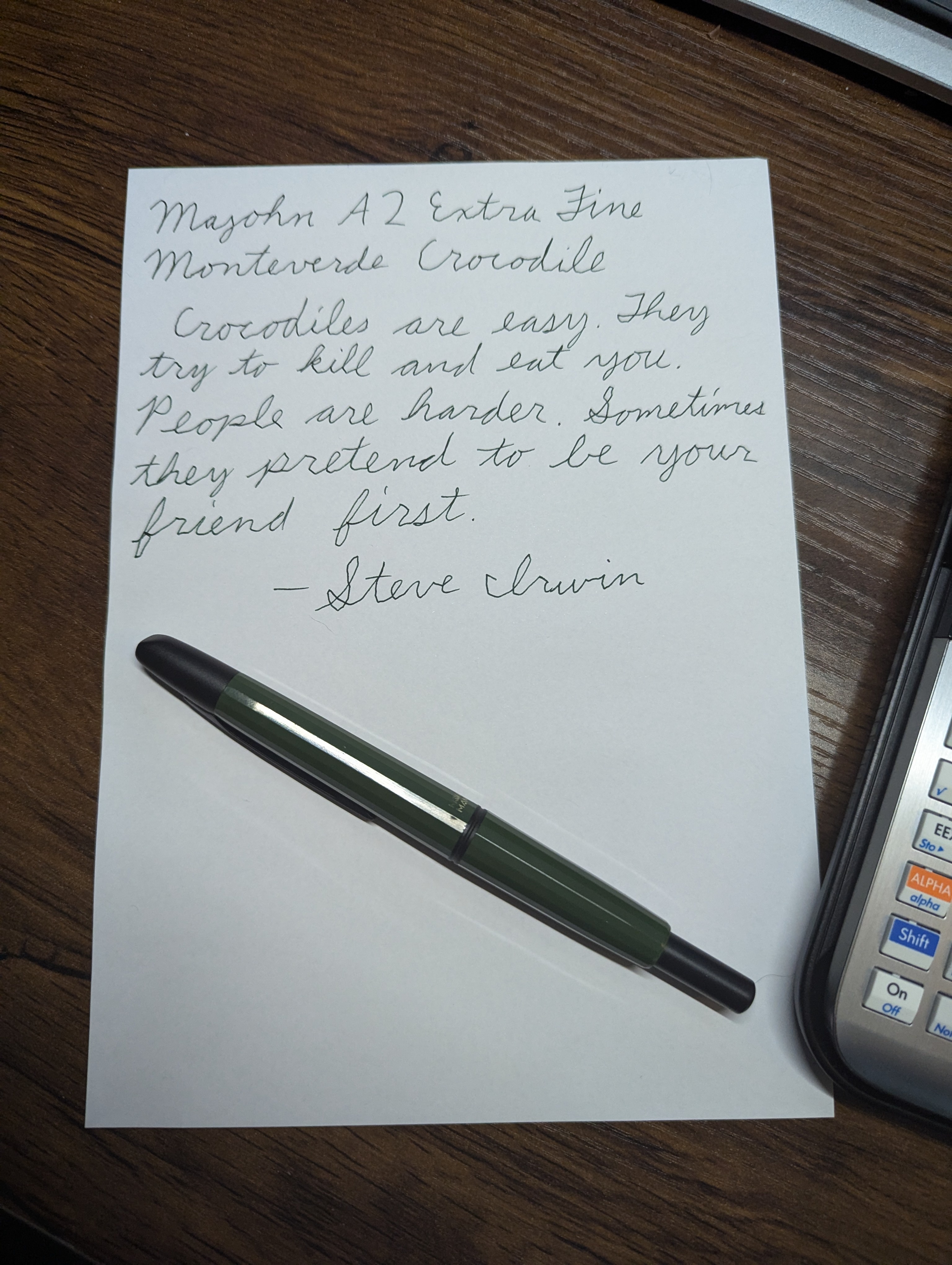
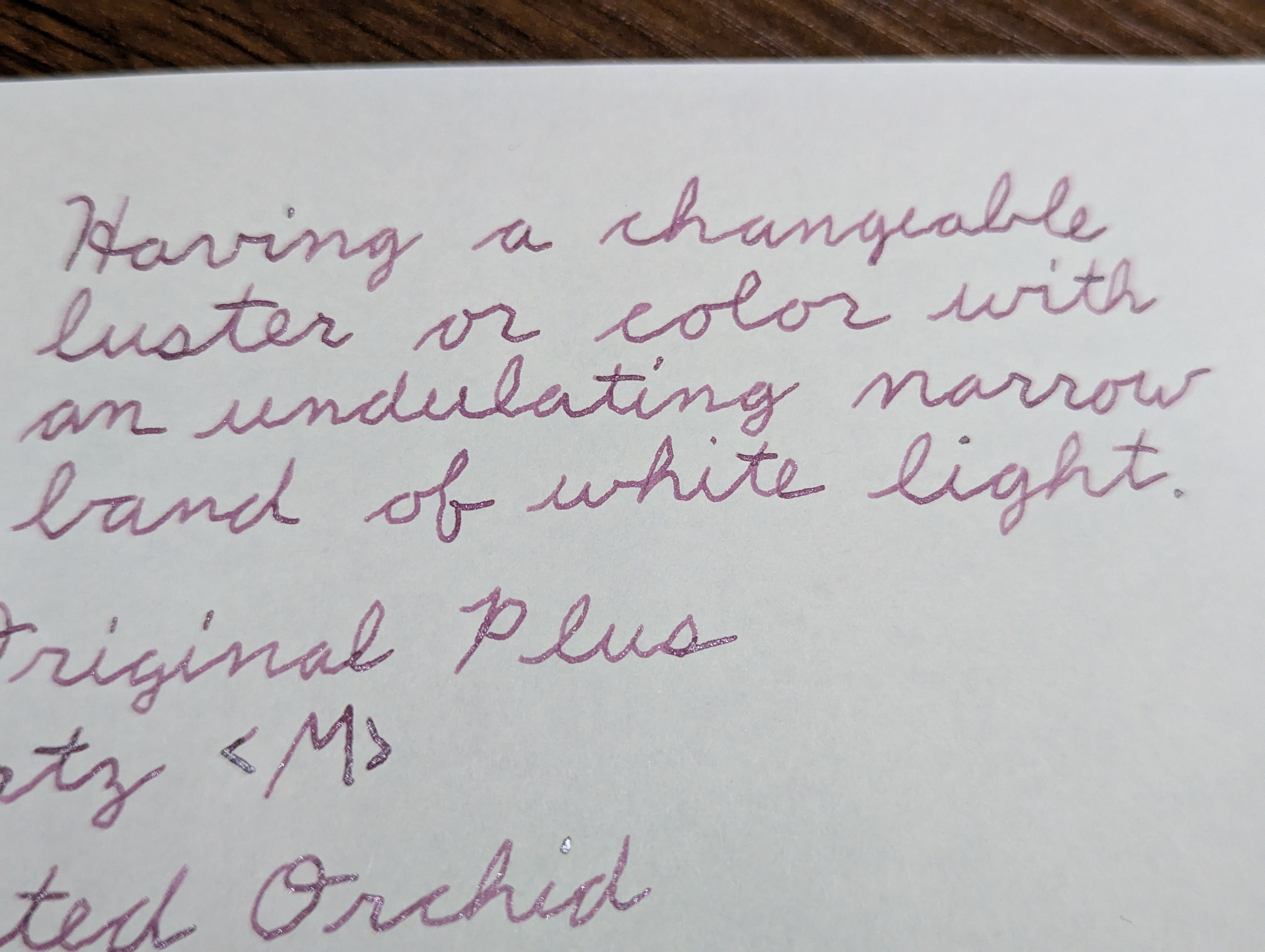
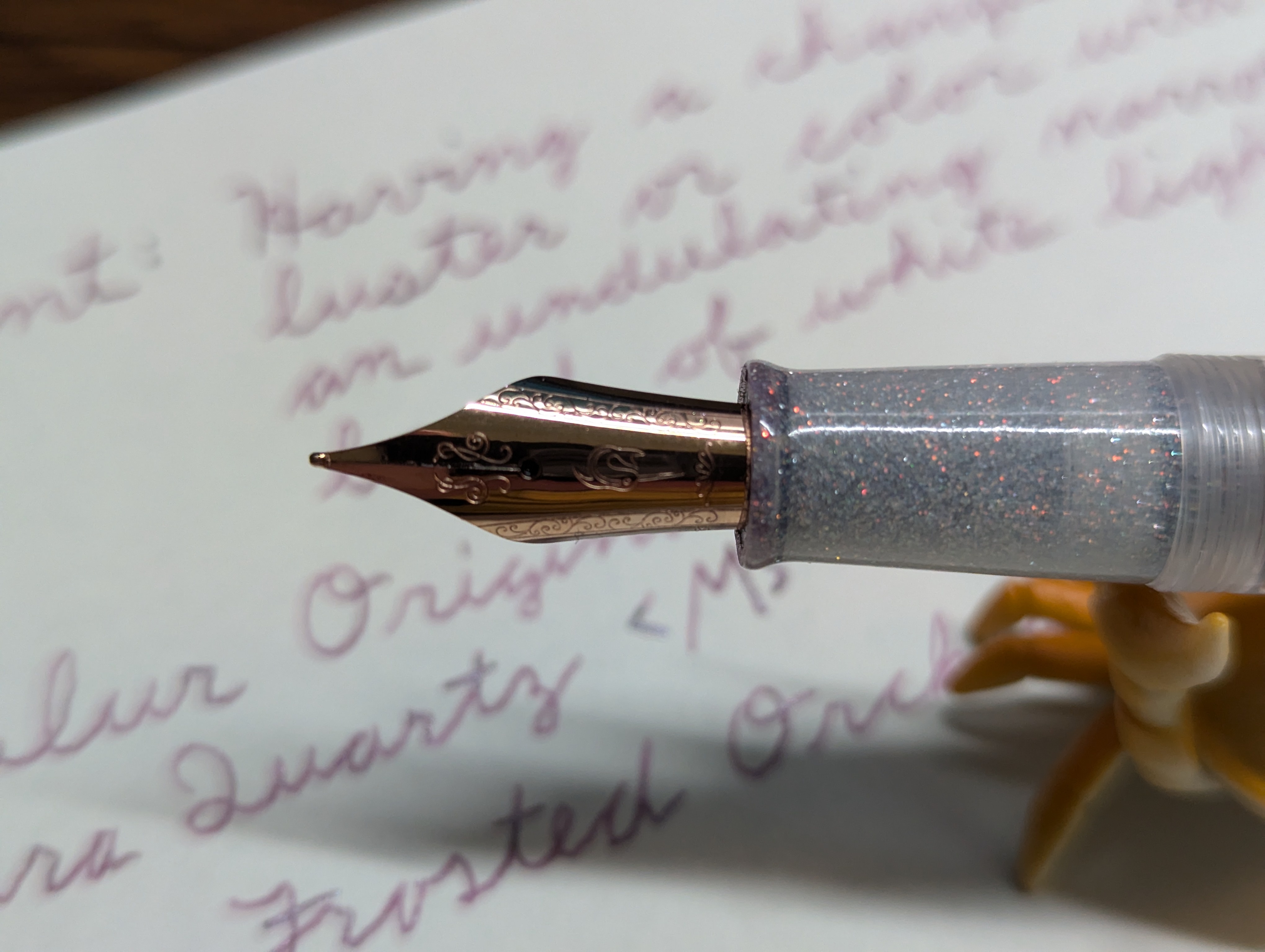
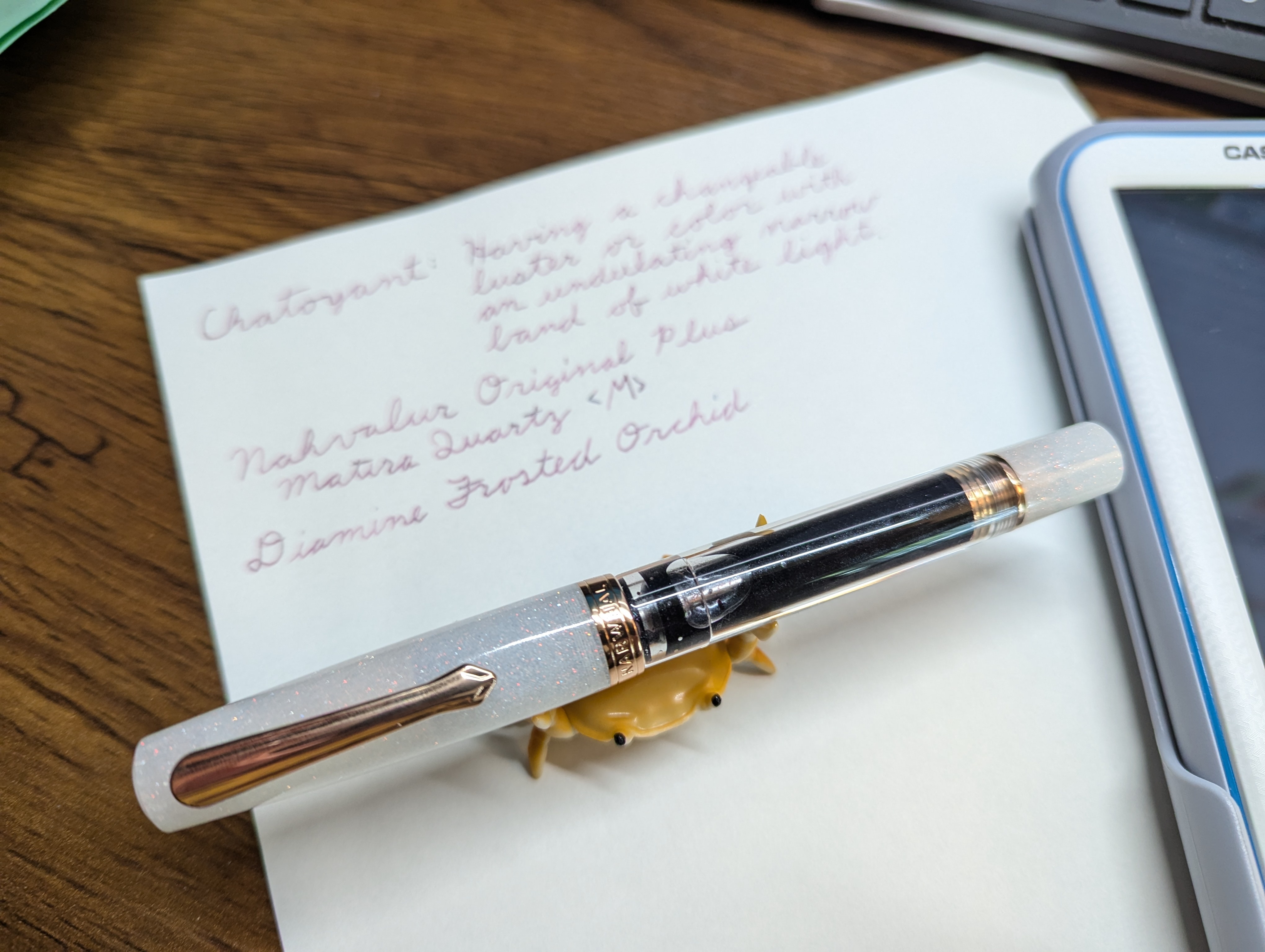

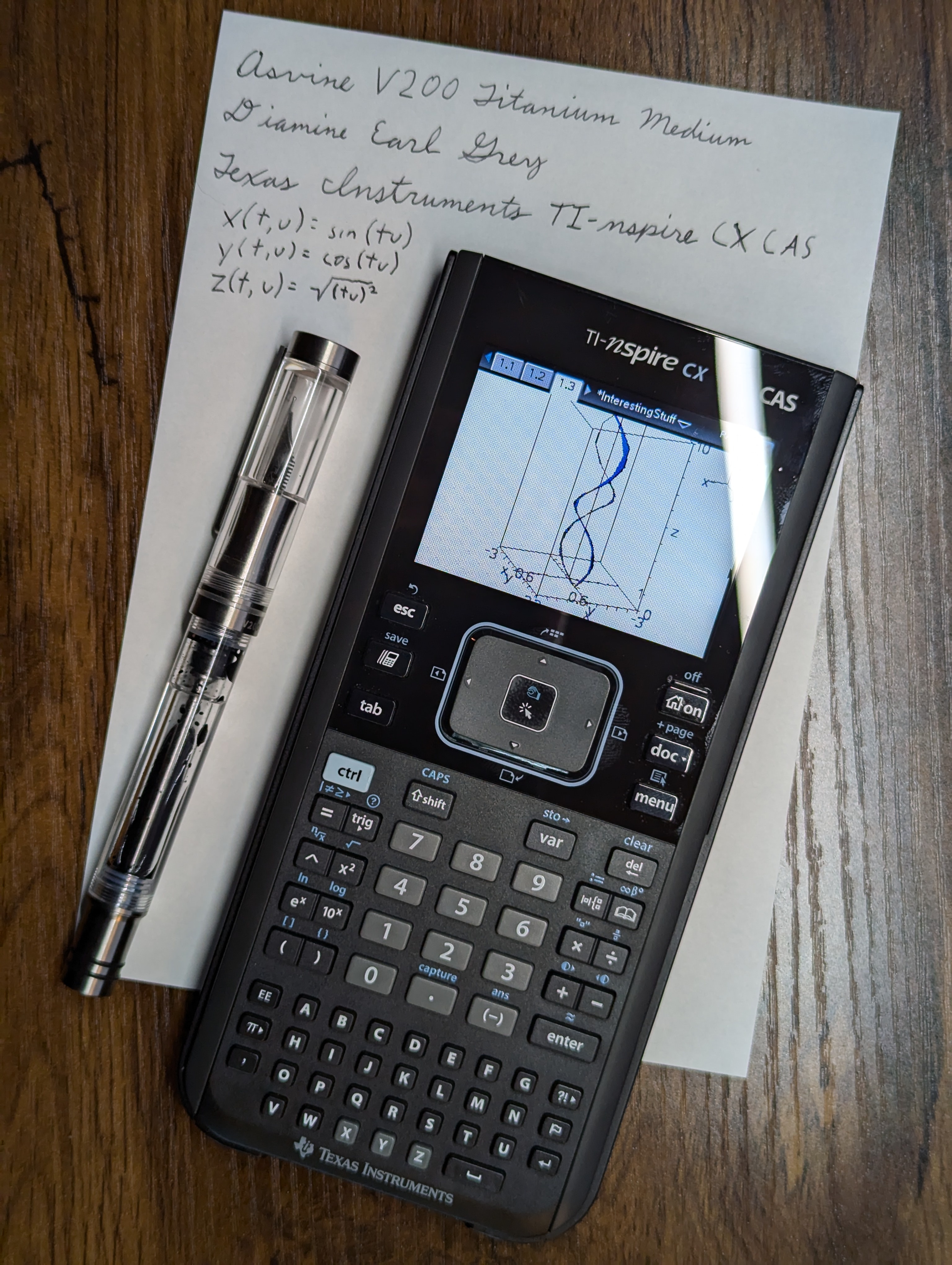
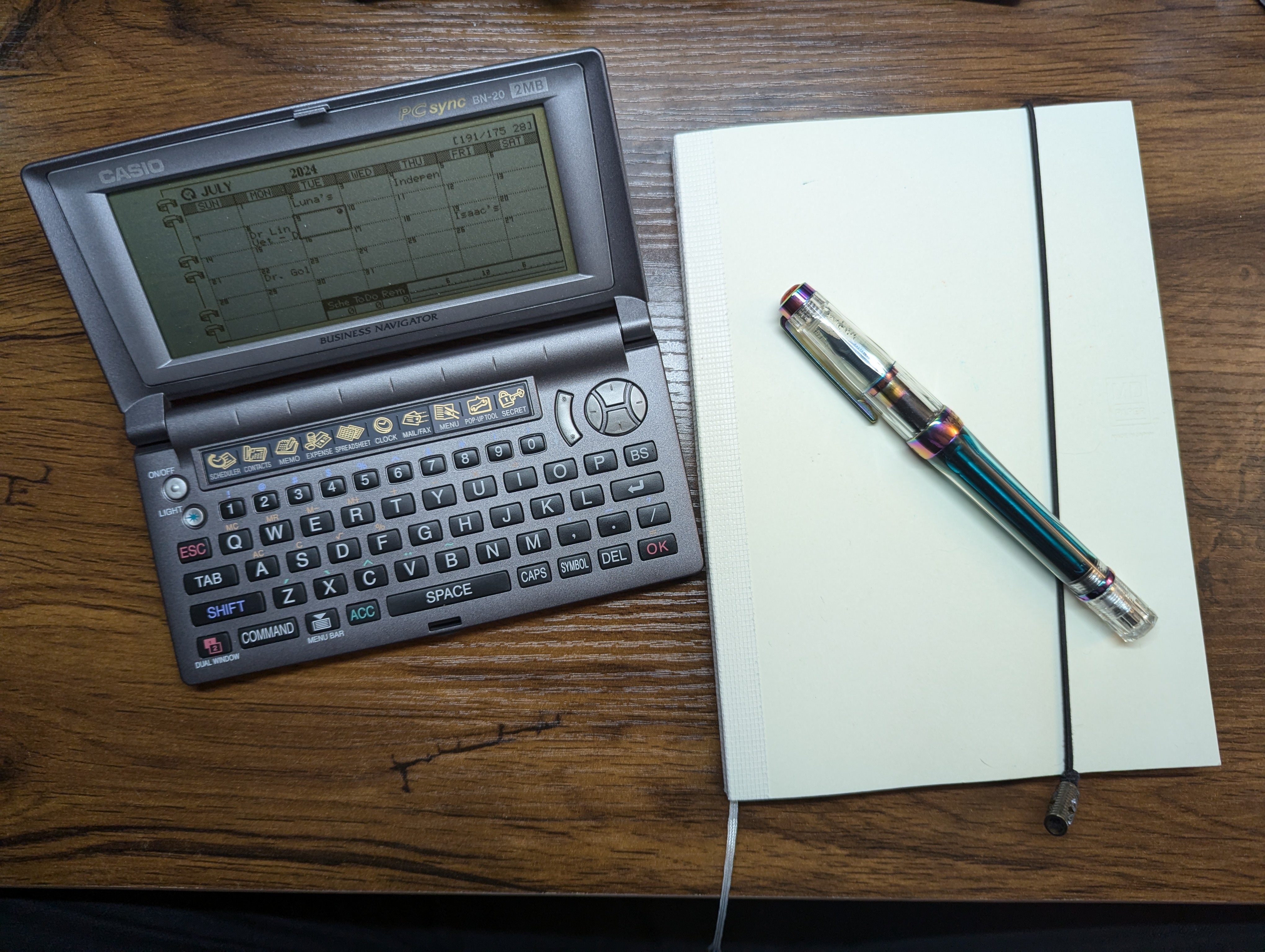
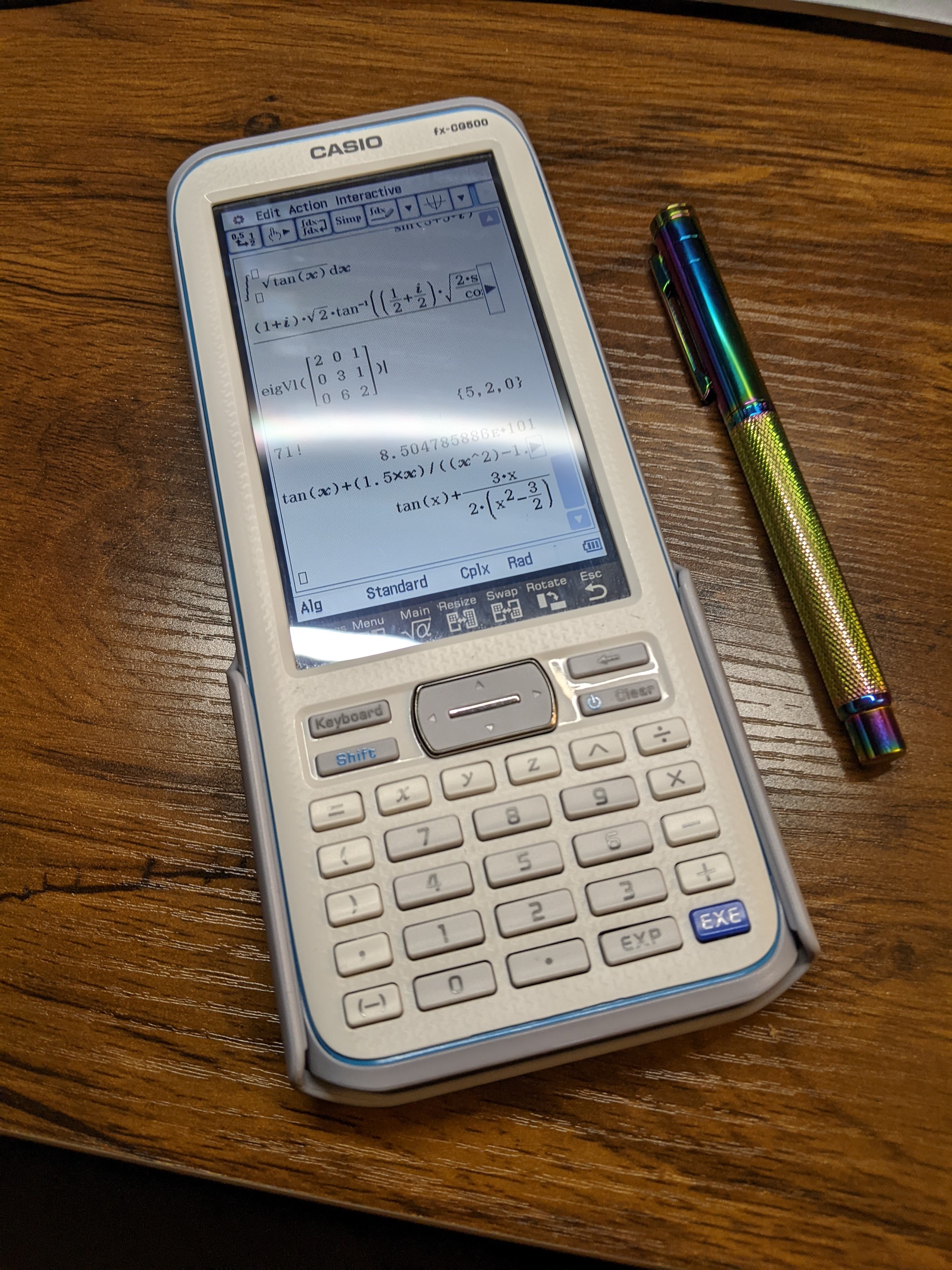
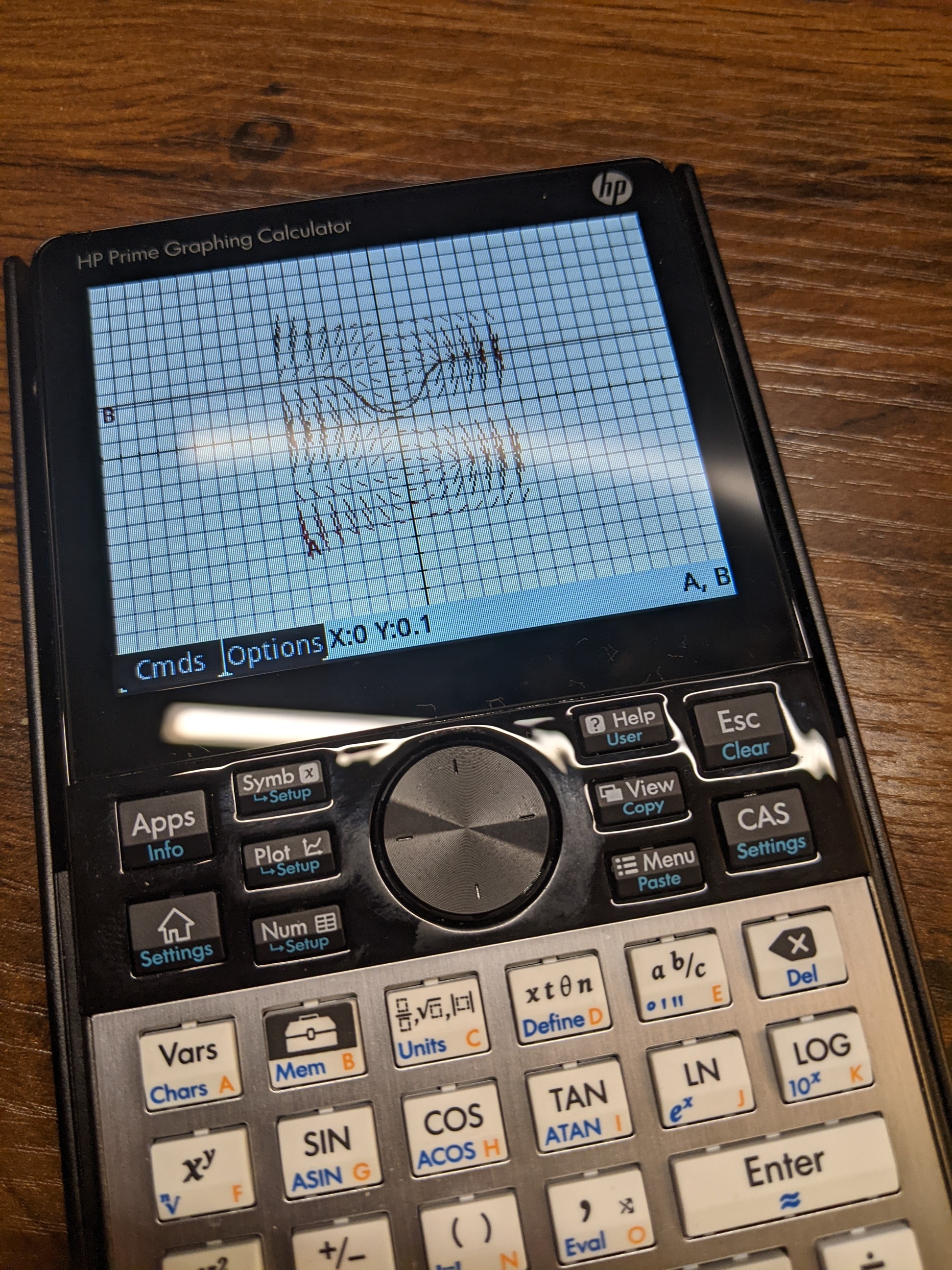
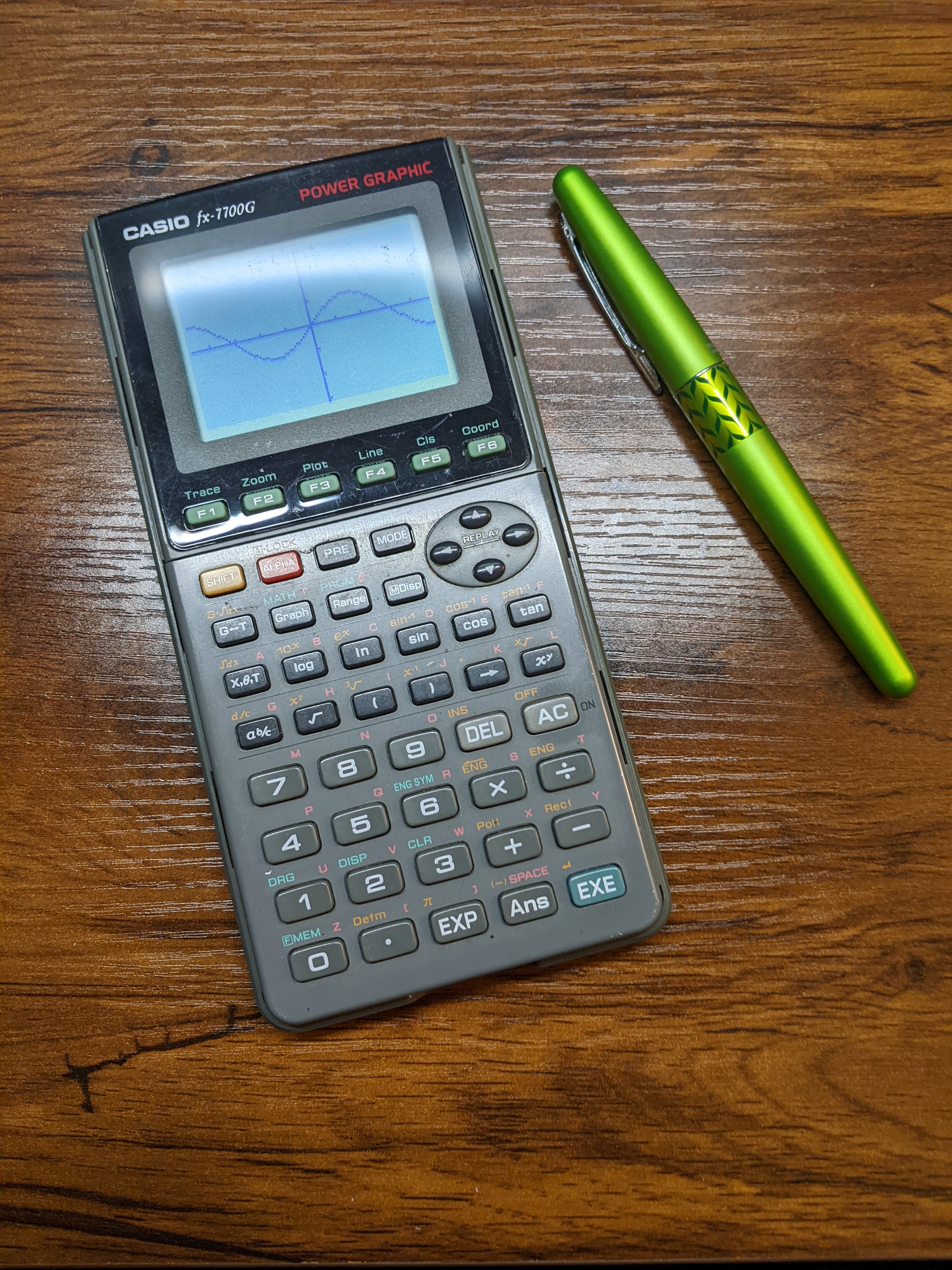
I have an entire SageMath Jupyter Notebook devoted to Squiganometry. That is some fun stuff to play with!